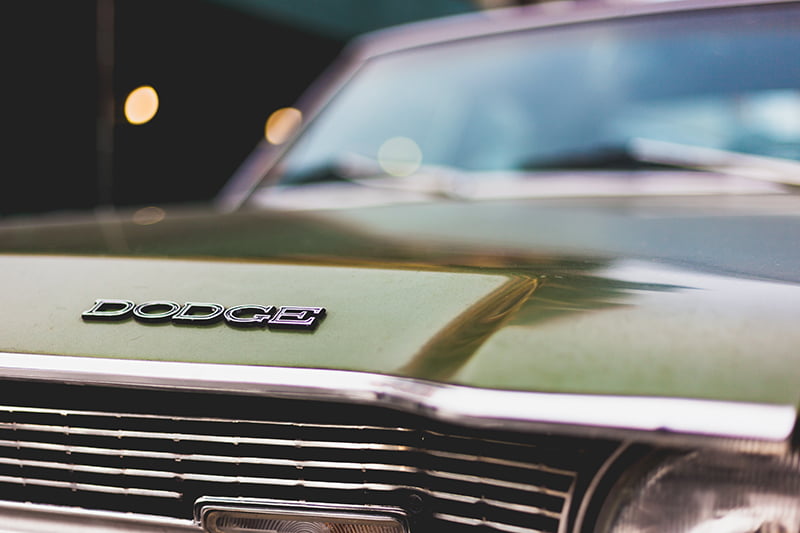With the Challenger and Charger still regarded as two of the best muscle cars on the market even in 2021, what is it about Dodge that have kept them in demand?
To understand the appeal, it’s important to understand the concept. Used to describe an era of high performance American coupes, muscle cars roared into the market in the early 1960’s as the first mass produced vehicles specifically for drag racing. More or less, muscle cars are an extension of the hot rod philosophy of taking a small car and putting a large-displacement engine in it – all for the purpose of increased straight-line speed.
Although the specifics are often hotly debated, muscle cars usually feature the following:
- Rear wheel drive
- Large V8 engine in the most powerful configuration available for the model
- Manufactured in the United States between 1964 and 1973
- Generally a lightweight, two door body
- An affordable price bracket for it’s time
- Designed for straight line drag racing while still remaining “street legal”
The titans of the American muscle car industry featured the usual suspects, such as models released by Ford and Pontiac. In an effort to keep up, Dodge muscle cars arrived on the market in 1964. While Dodge already had a long history in the production of powerful, sophisticated engines and transmissions, they were sitting on a stockpile of “old man cars”. However, this image was well and truly shaken off with the release of models such as the Charger, Coronet and Super Bee, which were embraced by revheads who were looking for performance on a budget.
The Dodge muscle cars’ popularity began to fall in the 1970’s, or the era regarded as the death of the muscle car. With insurance rates skyrocketing, the 1970 Clean Air Act and the OPEC Oil Embargo of 1973, the production of muscle cars either significantly declined or were discontinued altogether. Fuel shortages and stricter government regulations saw engine outputs being reduced in many American made vehicles, and sadly this included the Dodge muscle cars.
However, revheads around the world managed to keep the muscle car culture alive. In the late 1980’s, advances in technology helped to combat some of the major hurdles that this type of car faced in previous years, such as electronic fuel systems, turbo chargers and advanced engine management controls. All of these factors assisted in heralding a new “golden age” of muscle cars, with the return of the Dodge Challenger, Chevrolet Camaro and newer releases of the iconic Ford Mustang.
Technology has also worked wonders for overall performance, with the most powerful muscle car released to date being the 2018 Dodge Challenger SRT Demon – and it hasn’t been dubbed the Demon without cause. When properly set up, it can accelerate from 0-30 mph in just one second, and smashes a quarter mile in just 9.65 seconds at 140.09 mph. The 6.2 litre V8 engine features a 2.7 litre supercharger, but the catch is that only 3300 were ever made. For better or for worse, it’s evident that Dodge muscle cars will no doubt continue to be revered and in turn modified for future releases.

